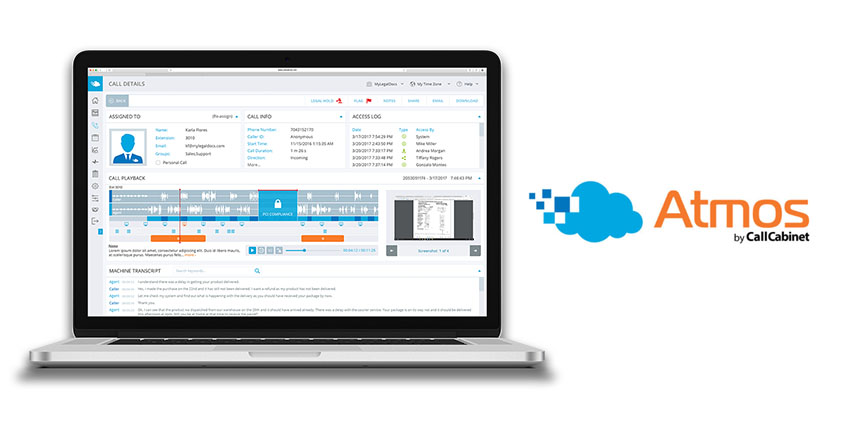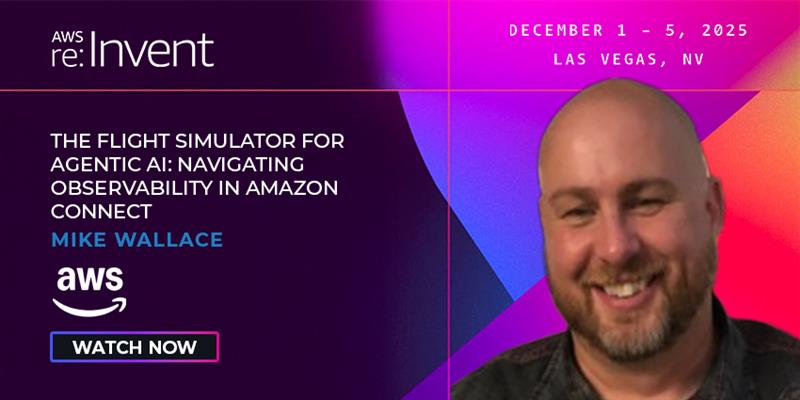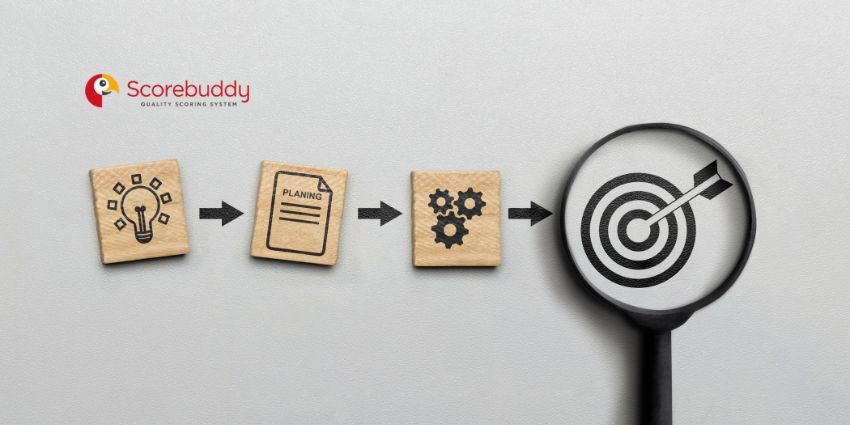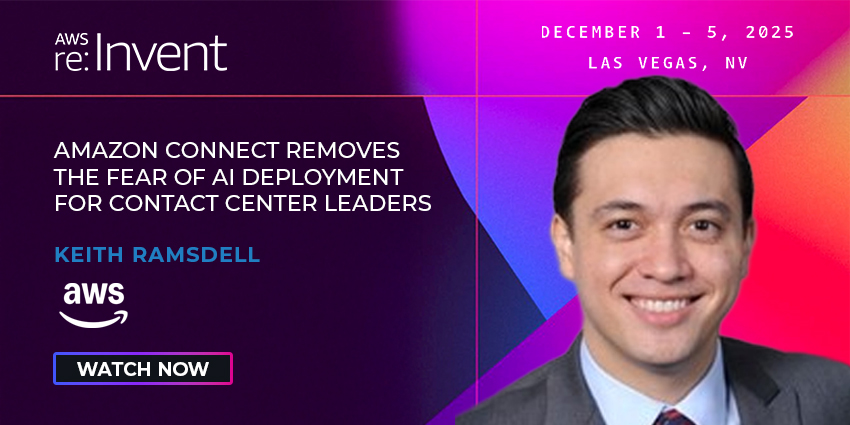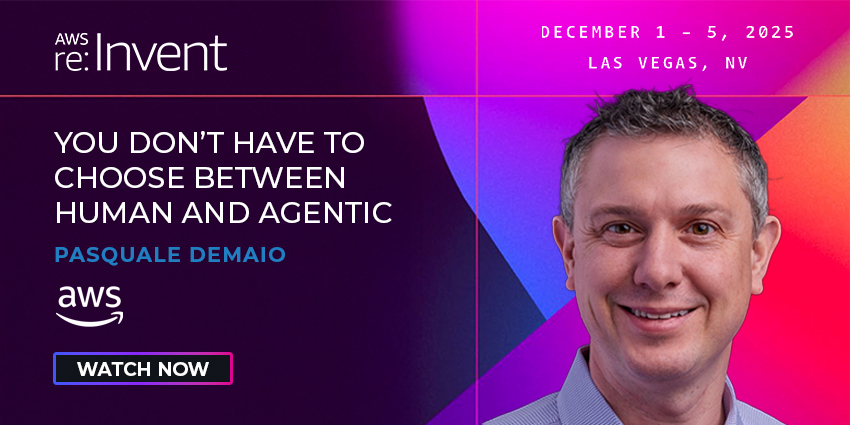Call centre supervision has always faced a fundamental challenge, that the monitoring of any piece of audio content essentially takes place in real time, and/or takes a long to complete as the call itself took to create. As such, before today’s intelligent monitoring tools, compliance was essentially a gamble — as CallCabinet CEO, Ryan Kahan, explained:
“You might decide to randomly monitor 3% or 5% of “agent John’s” calls. Perhaps even 10% if you had concerns about what he was saying on the phone. But you’d still need to get lucky to find that one call where he didn’t say what he should have said.”
Total supervision
But now instead of a supervisor, an AI tool like CallCabinet’s Atmos can listen to 100% of the calls, and immediately highlight areas of concern, which include not just what was said, but what else they were doing on the call, such as what was showing on his screen.
“We can even pick up on the emotion of the call, and track that through the interaction: Was the positivity improving or worsening?” Kahan continued, pinpointing one of the biggest challenges in meaningfully tracking sentiment — because what really matters in a role like customer service is the trajectory of the emotional journey throughout the call.
Being cloud-based and network agnostic has been essential to CallCabinet’s effectiveness throughout the shift to distributed working, enabling this monitoring and compliance to remain successful at a distance.
“Before, many people historically had on-premise phone systems, and everything went through say one big Cisco switch in the office”, Kahan explained, “but now we’ve seen a significant uplift to the cloud, with no changes to the requirements to record and supervise certain types of calls for compliance reasons.
Distributed secure compliance
“From our perspective we have a number of unique capture points, for example with Microsoft Teams we can either integrate directly with the Microsoft infrastructure, or we have a desktop application which runs alongside allowing them to record each call. So if someone using MS Teams is suddenly working from home, we can have that up and running literally within minutes, and the same thing goes for Cisco Jabber — we have a desktop recorder which bypasses the entire Cisco switch. That’s meant we’ve been well positioned to respond to what’s going on.”
Of course anything intercepting calls might set CISO alarm bells ringing, but there’s no need for concern: “Our business is very much a security business, we’re call recording for the purposes of compliance. So, we’ve always spent a lot of time on the security aspects of what we do, things like penetration tests and third-party code reviews to make sure our systems are as rock solid as possible, that includes military grade encryption of the call itself.”
The monitoring potential combined with sentiment analysis can support the remote worker and their manager in their roles too, by providing a richer picture of how agents are spending their time, and what proportion of it is spent making customers happy. And as data gets bigger, it gets more cost effective to store and analyse it too.
“What we’re seeing is very much a continued move by business and enterprise into the cloud at rapid scale, on an as-a-service basis”
